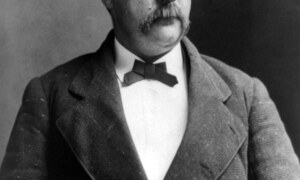London taverns, particularly those near the theaters and centers of political power, catered to merchants, lawyers, and the political and social elite. They were also known for encouraging the arts. Taverns not only had public drinking spaces, but also private rooms where patrons could gamble, form drinking societies, share their latest poems—not all of which were fit to print—and debate political and social issues without fear of being censored. We know that Shakespeare frequented multiple taverns, and it is likely that much of his knowledge of contemporary artistic and political zeitgeist came from conversations at these watering holes.
Taverns like the Mermaid, the Boar’s Head, and the Mitre were popular with many prominent poets of the time, along with other emerging artistic and skilled classes. According to O’Callaghan, the Mermaid in particular became a “favored meeting place for men of wit” such as John Donne and Ben Jonson, who mentions the Mermaid in his works. Tavern drinking quickly became a literate, even gentlemanly pastime, one which soon developed its own rules and subculture. Tavern society publications from the period, such as Richard Braithwaite’s 1617 Law[es] of Drinking were, as O’Callaghan writes, “designed to teach the arts of drinking in polite society” by explaining how to toast someone’s health, when and how to buy a round, and perhaps most importantly, the strict courtesies of allowing tavern goers a freedom of expression not available elsewhere. As A Pleasing Sinne notes, Elizabethan conviviality rules took many liberties with behaviors and language otherwise forbidden in the everyday world—thus allowing for important cultural innovation.




Leave a comment